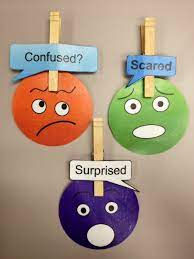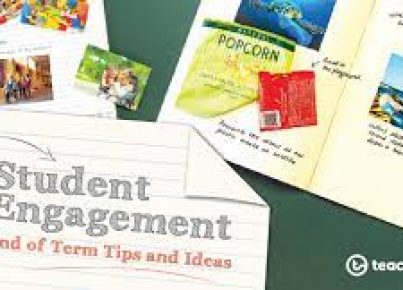Introduction:
In the ever-evolving landscape of education, understanding your students’ emotional wellbeing is crucial to creating an inclusive and supportive learning environment. These 20 activities can help educators connect with their students on a deeper level and gauge their emotional cups throughout the academic year.
1. Check-in cards: Hand out cards with emojis representing various emotions. Students select an emoji card that best represents their current emotional state, allowing teachers to swiftly assess overall classroom sentiment.
2. Daily journal: Encourage students to maintain a journal to express their thoughts, feelings, and emotions regularly.
3. Class meetings: Regular class discussions focused on emotional well-being can strengthen connections between teachers and students, providing opportunities for honest communication.
4. Emotional charades: Students act out various emotions, improving emotional intelligence and empathetic understanding among peers.
5. Feeling wheel: Create a visual chart of various emotions which students can use to identify and express how they feel.
6. Mood boards: Assign a space where students can create mood boards reflecting their emotions through images and words.
7. Gratitude jar: Place a jar in the classroom where students anonymously write what they’re grateful for, fostering positivity within the class.
8. Artistic expression: Encourage students to creatively convey their emotions through different art forms like drawing, painting, or music.
9. Role-playing scenarios: Engage students in role-play activities centered around addressing emotional challenges or conflicts.
10. Mindful breathing exercises: Teach your students relaxation techniques like deep breathing exercises for stress relief and increased focus.
11. Movie moments: Use film scenes depicting varied emotions to discuss how characters manage difficult situations or intense feelings.
12. Emotional Book Club: Select books that explore diverse perspectives on emotion, encouraging group discussions about emotional experiences.
13. Temperature check questionnaires: Distribute simple questionnaires asking your students about their emotional state on a routine basis.
14. Worry box: Set up an anonymous “Worry Box” in which students can deposit their concerns. Teachers can address these worries during class discussions or privately.
15. Affirmation circle: Engage students in verbalizing positive affirmations to boost self-esteem and emotional resilience.
16. Empathy prompts: Post empathy-driven questions to foster thought-provoking conversations about emotional awareness and support among peers.
17. Emotion relay race: Run a fast-paced, mood-themed relay race requiring students to identify and express emotions acting out scenarios or relaying feelings-eliciting words.
18. Yoga session: Integrate simple yoga stretches and postures into the curriculum as a way to help students manage stress and remain focused.
19. Photo challenge: Assign a theme related to emotions and have students capture photos reflecting that theme, sharing them with the class for discussion.
20. Mindfulness meditation: Guide students through short mindfulness activities, encouraging a sense of gratitude and reflection that ultimately contributes to overall emotional health.
Conclusion:
Incorporating these 20 engaging activities into your teaching repertoire can support your students’ mental wellbeing, strengthen relationships, and cultivate a classroom atmosphere rooted in empathy, understanding, and respect for one another’s feelings. By helping our students navigate their emotions effectively, we prepare them for success not only in academics but also in their personal lives beyond the classroom.





